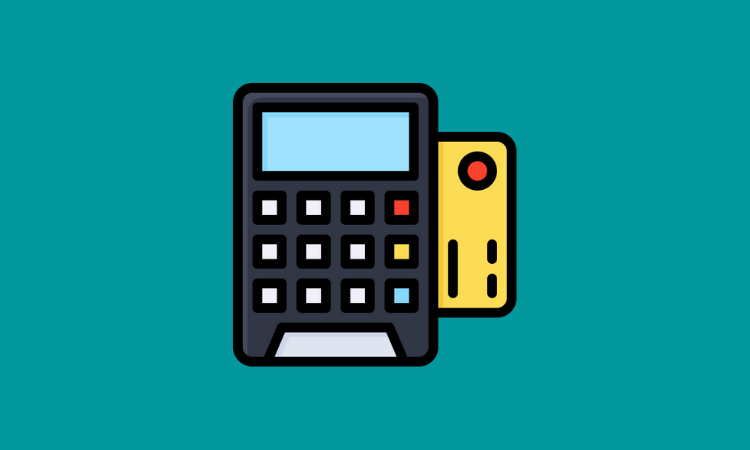Member Exclusive, Payments
Subway standardizes payments across its stores and geographic footprint
- Subway now offers a standardized payment solution across its European franchisees.
- Amadis and Worldline are part of nexo standards, a member association which aims to globally standardize payment processes.








